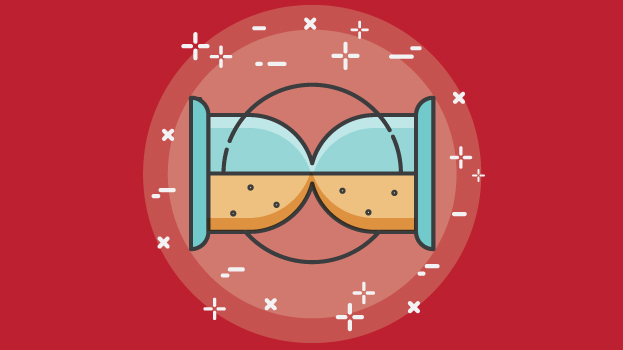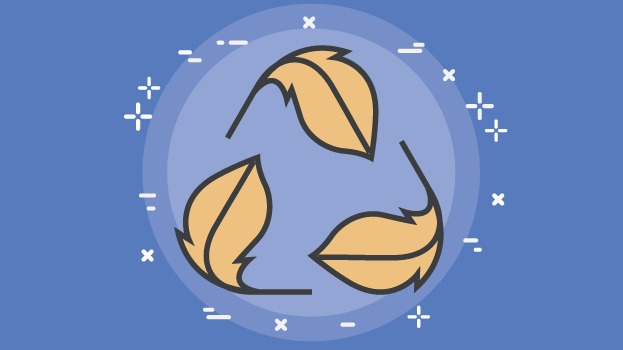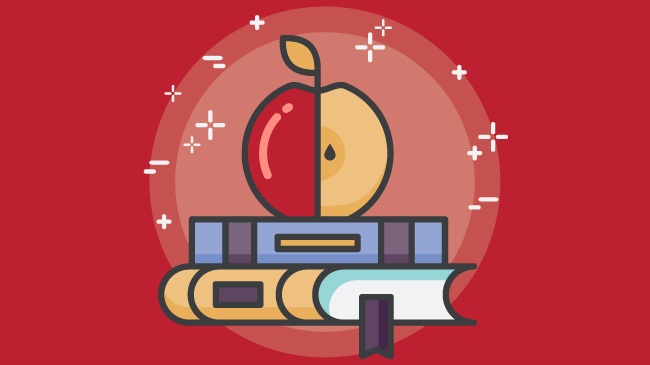POLY x TALKS is all about spreading & sharing both our knowledge and our ideas.
Inspired by the world renowned, boundary pushing TED talks, POLY x TALKS brings together professionals from all fields to discuss and share on topics within industries ranging from IT, Renewable Energy & Pharmaceutical as well as on more vast subjects such as HR or Business Issues & how to overcome them.
We are creating a place where people from different walks of life can share and gain from the creation of a community, even for just one moment.
For this month’s POLY x TALKS, we were honoured to welcome Renald Gallis, who is the VP of Ecosystem & Marketing at Thinxtra. Thinxtra is Creating a Global Internet of Things Network for Australia and New Zealand through SigFox technology.
Discussing the future of Industrial IoT, Renald shared and debated all of the different Industrial applications touched by IoT (Preventive maintenance, asset tracking & monitoring, Agriculture applications, EHealth applications…) and also touched upon the importance of security around it.

Here were a couple of key points that were shared during the debate:
- According to Cisco, the IoT market represents $19 Trillion and there are about 20 billion connected devices out there today.
- Renald believes the three main promising areas in IoT are Energy (especially water & gas metering), Healthcare
(e-Health) and probably the biggest challenge, Transportation (asset tracking)…
- Do you use a SIM card to connect your device? No the device is automatically connected to the Sigfox cloud and from that cloud you can connect from Microsoft Azure (one of our partners) among other integrated platforms.
- Do you share the Sigfox Development kits? Yes of course we have plenty of development kits and in fact we are planning to work with universities, system integrators because we want local developers to realise that it’s so simple and low cost to develop and opens the door for so many more applications
- Do you think that you can geolocate every devices with the 20 towers that you plan to install? In fact you can but
at the moment the solution we have in place doesn’t allow you to do very accurate geolocation with triangulation of the device so the best that you can get is a kilometre but we are working on having less than 200 meters away.


A big thank you to Benjamin Arsicault, our IT Consultant, who hosted and initiated this month’s discussion and theme! Keen on the subject and looking to get in touch?
Do not hesitate to email Benjamin.
To find out a bit more about IoT, check out an excerpt of Jacob Morgan‘s article below from Forbes.
The “Internet of things” (IoT) is becoming an increasingly growing topic of conversation both in the workplace and outside of it and is largely considered to be the next major Tech Disruptor. It’s a concept that not only has the potential to impact how we live but also how we work. But what exactly is the “Internet of things” and what impact is it going to have on you, if any?
There are a lot of complexities around the “Internet of things” but I want to stick to the basics. Lots of technical and policy-related conversations are being had but many people are still just trying to grasp the foundation of what the heck these conversations are about.
Let’s start with understanding a few things.
Broadband Internet is become more widely available, the cost of connecting is decreasing, more devices are being created with Wi-Fi capabilities and sensors built into them, technology costs are going down, and smartphone penetration is sky-rocketing. All of these things are creating a “perfect storm” for the IoT.
So What Is The Internet Of Things?
Simply put, this is the concept of basically connecting any device with an on and off switch to the Internet (and/or to each other). This includes everything from cellphones, coffee makers, washing machines, headphones, lamps, wearable devices and almost anything else you can think of. This also applies to components of machines, for example a jet engine of an airplane or the drill of an oil rig.
As I mentioned, if it has an on and off switch then chances are it can be a part of the IoT. The analyst firm Gartner says that by 2020 there will be over 26 billion connected devices… That’s a lot of connections (some even estimate this number to be much higher, over 100 billion). The IoT is a giant network of connected “things” (which also includes people). The relationship will be between people-people, people-things, and things-things.
How Does This Impact You?
The new rule for the future is going to be, “Anything that can be connected, will be connected.” But why on earth would you want so many connected devices talking to each other? There are many examples for what this might look like or what the potential value might be. Say for example you are on your way to a meeting; your car could have access to your calendar and already know the best route to take. If the traffic is heavy your car might send a text to the other party notifying them that you will be late.
What if your alarm clock wakes up you at 6 a.m. and then notifies your coffee maker to start brewing coffee for you? What if your office equipment knew when it was running low on supplies and automatically re-ordered more? What if the wearable device you used in the workplace could tell you when and where you were most active and productive and shared that information with other devices that you used while working?
On a broader scale, the IoT can be applied to things like transportation networks: “smart cities” which can help us reduce waste and improve efficiency for things such as energy use; this helping us understand and improve how we work and live. Take a look at the visual below to see what something like that can look like.
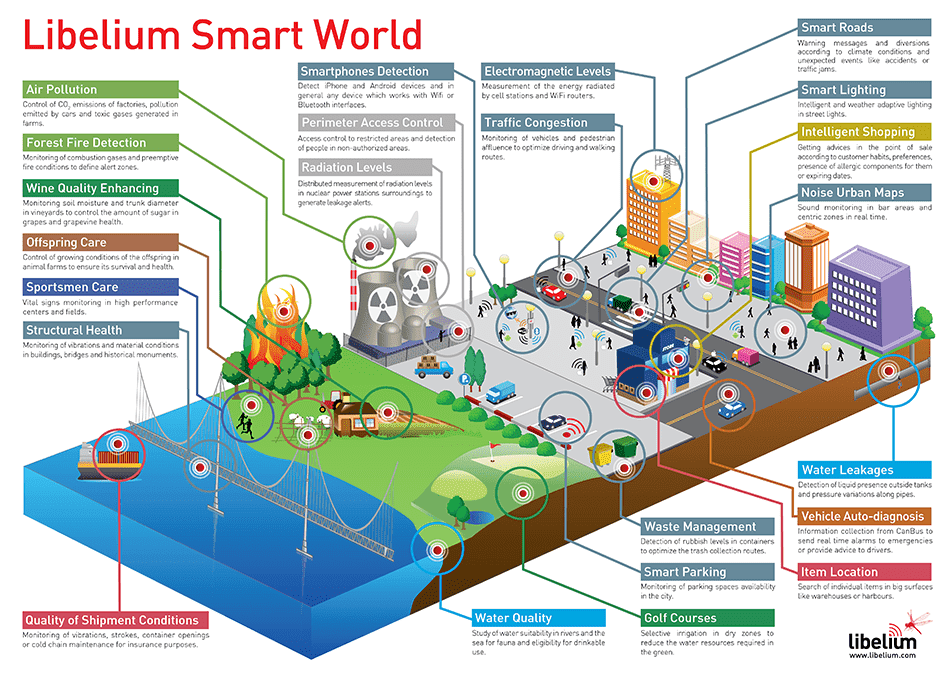
The reality is that the IoT allows for virtually endless opportunities and connections to take place, many of which we can’t even think of or fully understand the impact of today. It’s not hard to see how and why the IoT is such a hot topic today; it certainly opens the door to a lot of opportunities but also to many challenges. Security is a big issue that is oftentimes brought up. With billions of devices being connected together, what can people do to make sure that their information stays secure? Will someone be able to hack into your toaster and thereby get access to your entire network?
The IoT also opens up companies all over the world to more security threats. Then we have the issue of privacy and data sharing. This is a hot-button topic even today, so one can only imagine how the conversation and concerns will escalate when we are talking about many billions of devices being connected. Another issue that many companies specifically are going to be faced with is around the massive amounts of data that all of these devices are going to produce. Companies need to figure out a way to store, track, analyze and make sense of the vast amounts of data that will be generated.
So what now?
Conversations about the IoT are (and have been for several years) taking place all over the world as we seek to understand how this will impact our lives. We are also trying to understand what the many opportunities and challenges are going to be as more and more devices start to join the IoT. For now the best thing that we can do is educate ourselves about what the IoT is and the potential impacts that can be seen on how we work and live.












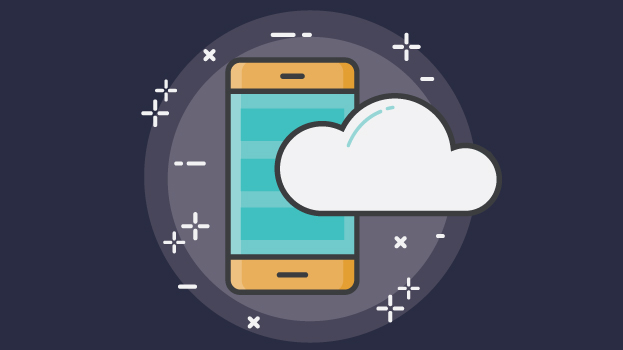
 April 3, 2016
April 3, 2016 


